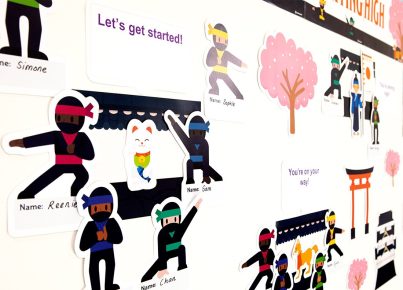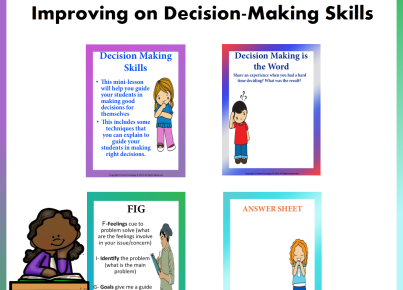In recent years, the “flipped classroom” has become a popular educational approach to engage students in their coursework. The concept involves students watching lectures and videos about the subject matter at home, and then working on assignments, projects, or group activities in class. With the rise of digital tools and online learning platforms, proponents of this approach argue that it offers students a more effective way to learn. However, as with any educational method, there are both pros and cons associated with it. In this article, we will explore the advantages and disadvantages of flipped classrooms.
Pros:
1. More class time for active learning: By moving content delivery out of class time, flipped classrooms leave more time for interactive learning activities, such as group discussions, problem-solving exercises or project-based work. This can lead to higher student engagement and collaboration.
2. Personalized learning experiences: Flipped classrooms allow students to absorb material at their own pace at home with the option to pause, rewind or re-watch lessons as needed. Furthermore, teachers can focus on assisting individual students in areas they specifically struggle with during class time.
3. Immediate feedback for the learner: During in-class activities in a flipped classroom model, teachers have more opportunities to provide immediate feedback to students while they are working rather than waiting until assignments are completed.
4. Development of self-directed learning skills: Since students work at their own pace and watch lectures more independently, they develop important self-regulation and time management skills that will be beneficial throughout life.
Cons:
1. Lack of access to technology: Flipped classrooms rely heavily on digital tools and technologies. If some students do not have access to these technologies or face limitations in connectivity at home (such as lack of internet), this method could exacerbate inequality in education.
2. Increased workload for educators: Preparing video lectures and in-class activities can be demanding – not to mention the ongoing need to assist students one-on-one or in small groups. This may lead to increased workload and stress on teachers.
3. Limited human interaction: While flipped classrooms do provide opportunities for peer collaboration, students may still miss out on interaction with instructors as they’re watching lectures at home instead of getting face-to-face explanations.
4. Challenges for passive learners: Flipped classrooms require more initiative from the learner, as they need to engage with the content independently before attending class. This could be a challenge for less motivated or passive learners who might struggle with maintaining a self-directed learning approach.
In conclusion, the flipped classroom model has a lot to offer in terms of promoting active learning, personalized education, and 21st-century skills development among students. However, challenges related to technology access, teacher workload, reduced human interaction, and adapting to different learning styles should be considered when implementing this approach. As with any pedagogical model, the effectiveness of the flipped classroom relies on thoughtful implementation and adaptation to individual circumstances.





